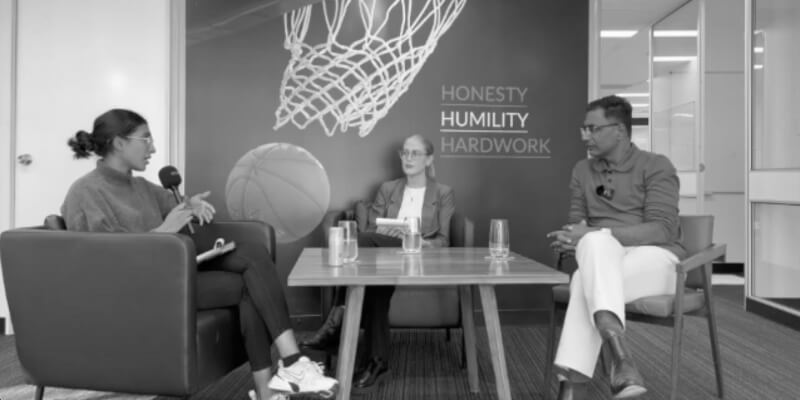Today, we will discuss maximising people’s strengths and their contribution to purpose.
Our starting point often involves asking: Who is on the boat? And, knowing what you know now, who is not on the team?
This question usually acts as a moment of realisation (a pin-drop moment) for owners and managers, making them aware that there is almost always at least one person who shouldn’t be on the boat.
The Evaluation Consists of 3 Parts:
- Character Assessment: Is this individual characterised by the three H’s – honesty, humility, and hard work? Passing this initial judgment leads to the following criteria.
- Core Competencies: This involves reviewing a person’s skill sets to determine if we can accept and work with their level of competency.
- Performance and Cultural Fit: Lastly, we assess whether the individual performs well and is a good fit for the organisational culture.
We prioritise character because a person can be a high performer or extremely talented, but if they are not pleasant human beings, their presence can be detrimental to a team.
Organisations often struggle to decline these individuals at various stages, including during hiring, upon noticing undesirable behaviours, and when deciding to part ways with them.
Ella raises a question about ensuring the absence of bias in determining who is on or off the team. Nick responds by noting that sometimes the issue lies with the employee and the leadership.
Inadequate leadership might lead a capable team astray, challenging us to address these concerns directly with the leaders despite the discomfort it might cause, especially since these leaders are often the ones who employ us.
We aim to encourage a shift in perspective, focusing on a consensus view of behaviour and direction. For instance, if the team agrees on a set direction, yet an individual, “Dave,” is going against this collective decision, it becomes clear who is not aligning with the team’s objectives.
This process inevitably highlights someone. The follow-up action involves deciding on an ethical, fair, and legal approach to addressing the discrepancy.
We’ve noticed that human beings, whether in teams or social settings, tend to avoid conflict. Failing to confront “Dave” with meaningful, investigative conversations about his actions, especially if he’s unaware of the issue, can perpetuate the problem and is ultimately unfair.
Your Hosts

Saarrah
Mathinthiran

Nick
Marvin

Ella
Barwood



